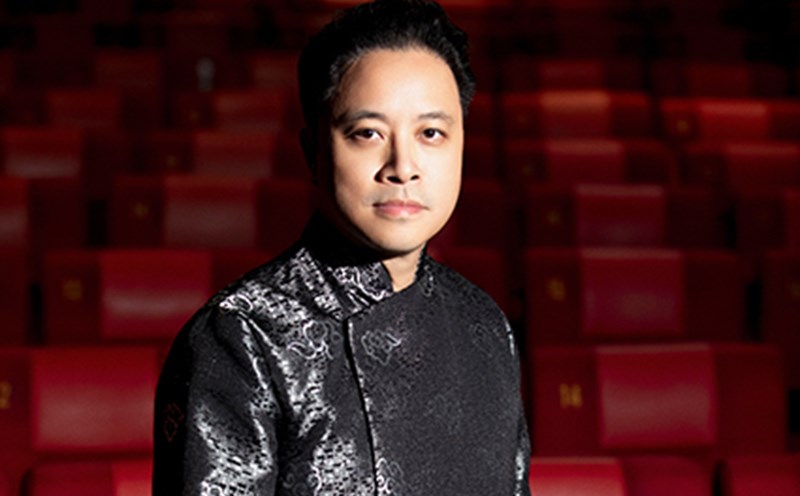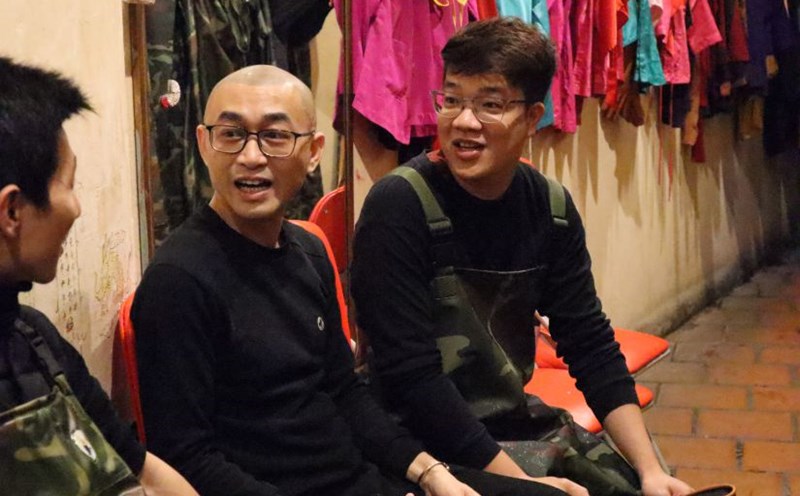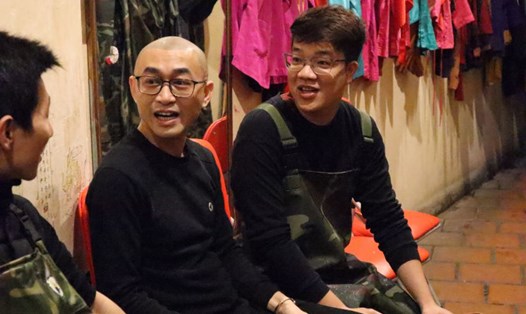Mr. Yoshioka Norihiko, Director of the Japan Cultural Exchange Center in Vietnam, said that the most unique feature of Bunraku is the wonderful harmony, the smooth combination of the tayu (stories), the musicians playing shamisen, and the puppets. Each puppet is cleverly controlled by 3 artisans in coordination with each other, making the puppet's movement a beautiful expression of cooperation and harmony.
When asked about the difficulties in traditional arts in other countries today due to the decreasing audience, due to the lack of a next generation of artists, for Bunraku, what about the issue of inheriting and developing this heritage? Mr. Yoshioka Norihiko replied: Bunraku Association, a unit specializing in preserving and promoting Bunraku as an important part of Japanese cultural heritage, is closely coordinating with the Japanese Government, local authorities, the National Theater and educational institutions to face these challenges.
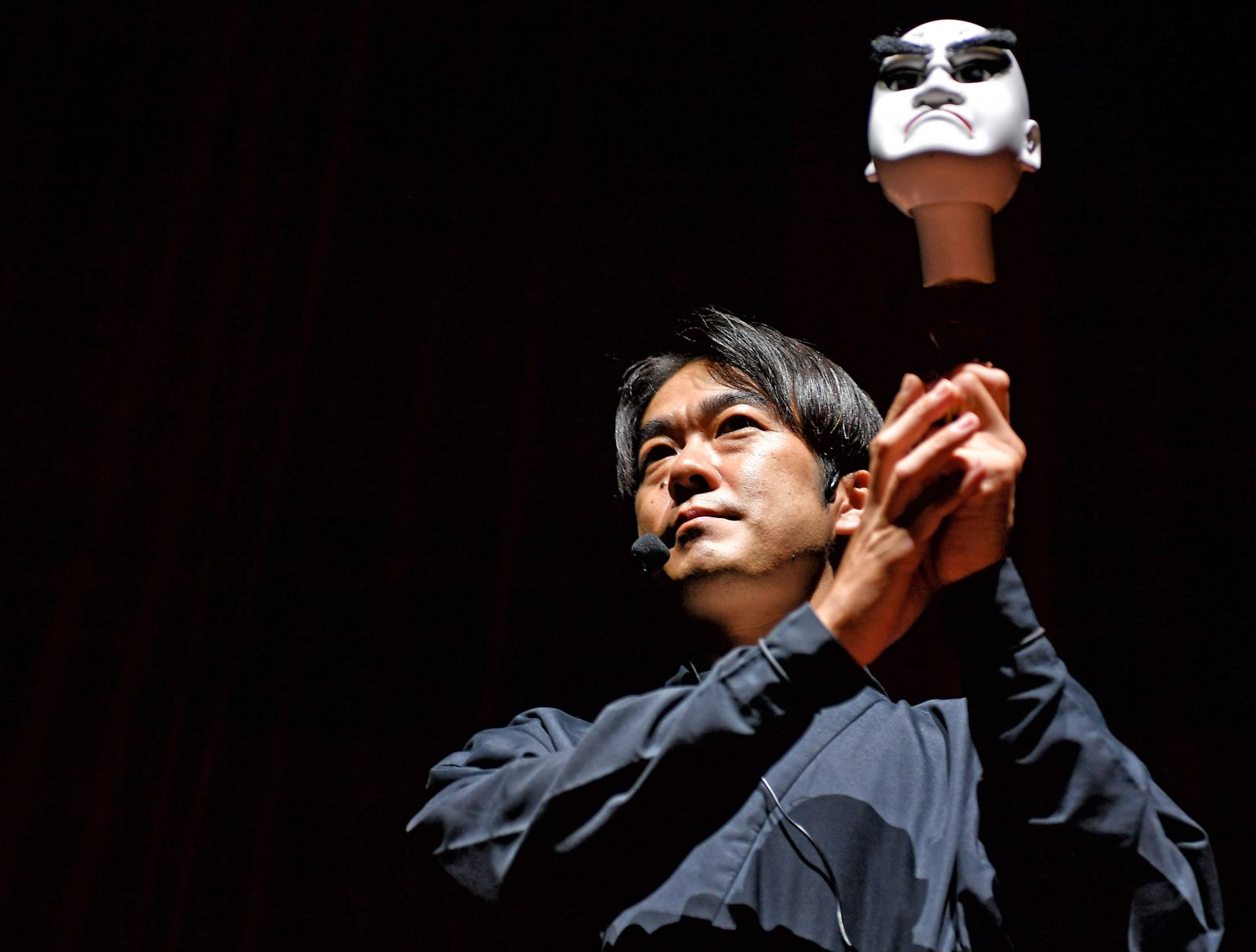
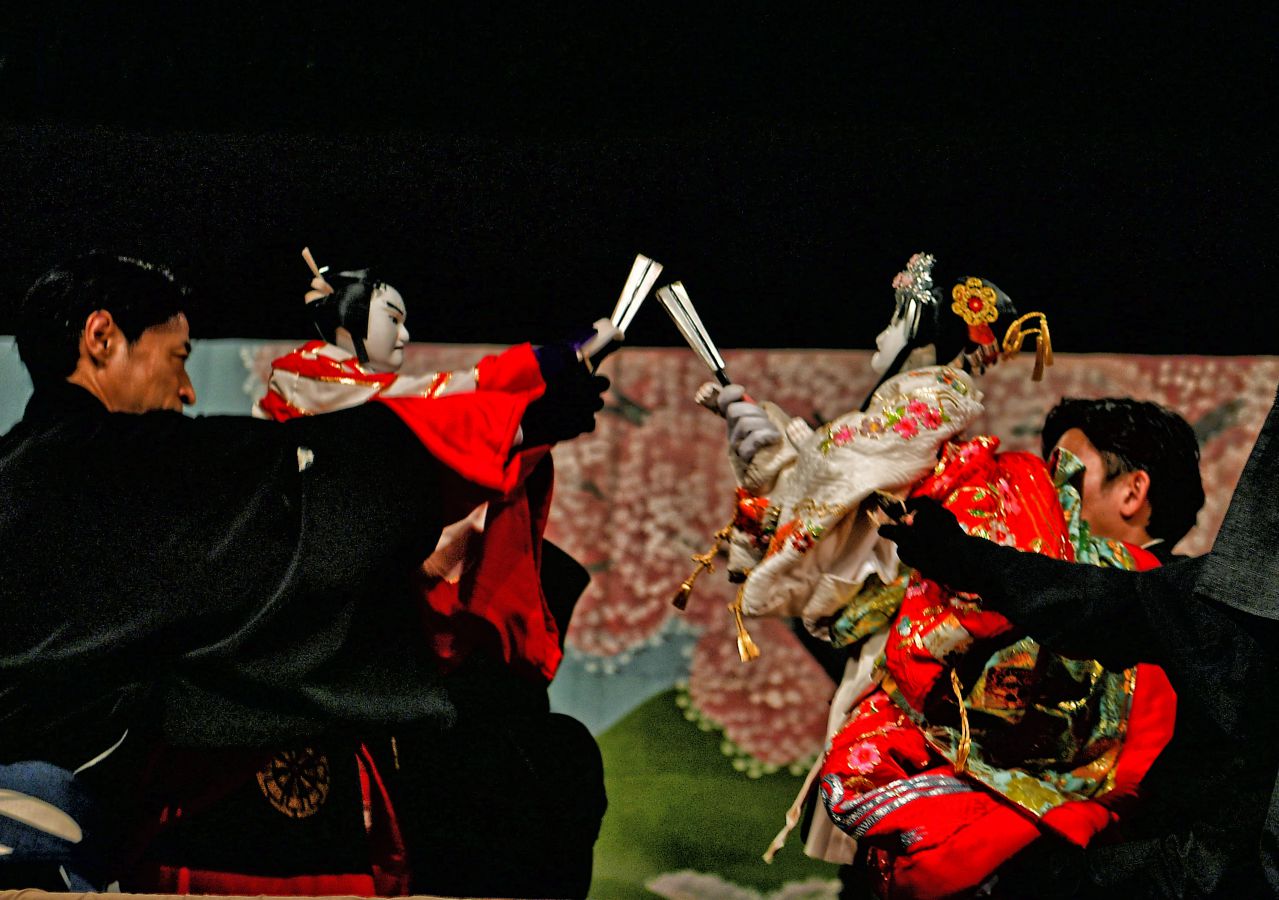
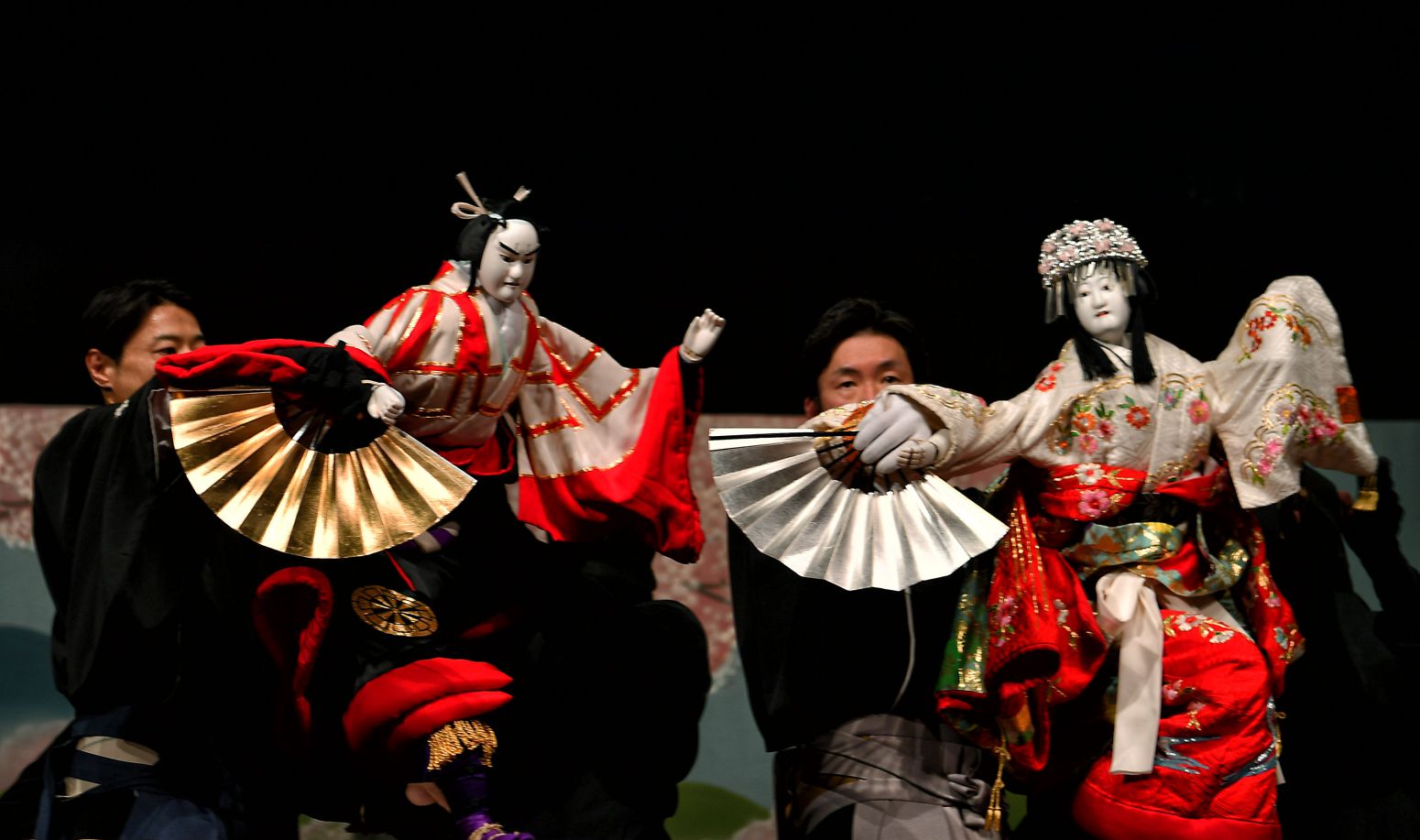
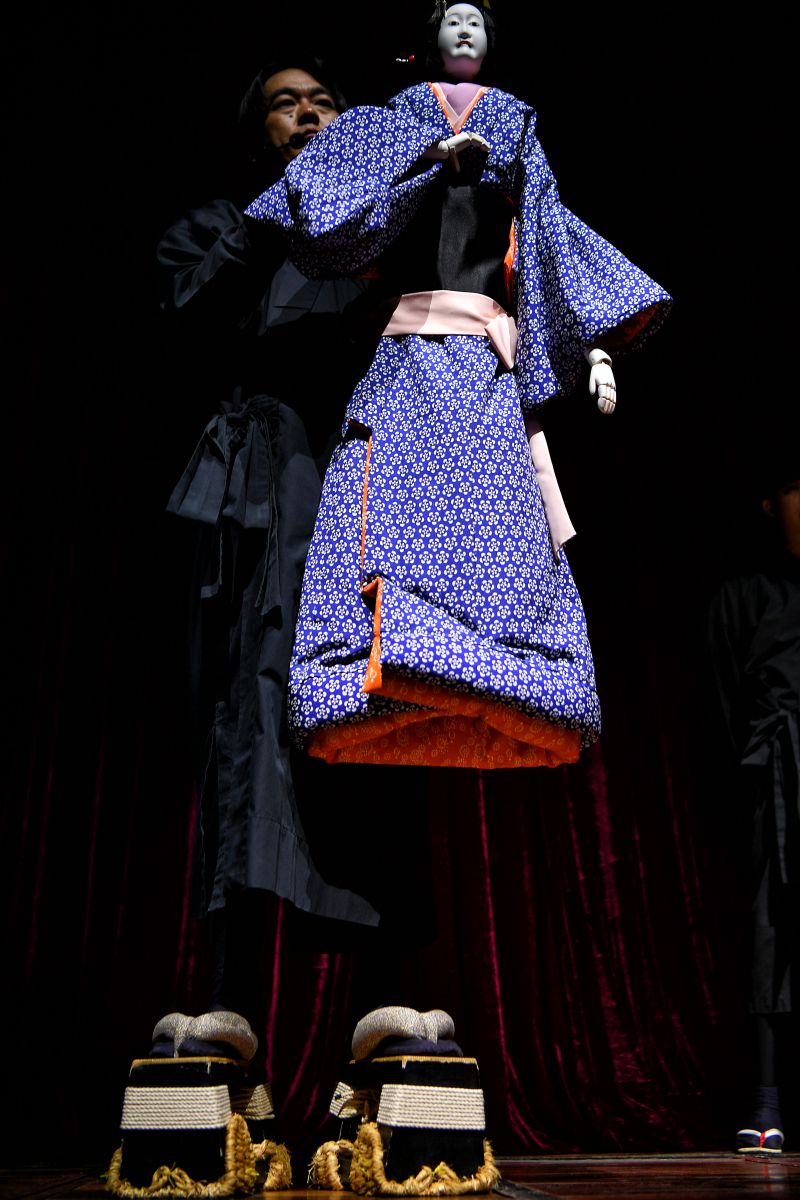

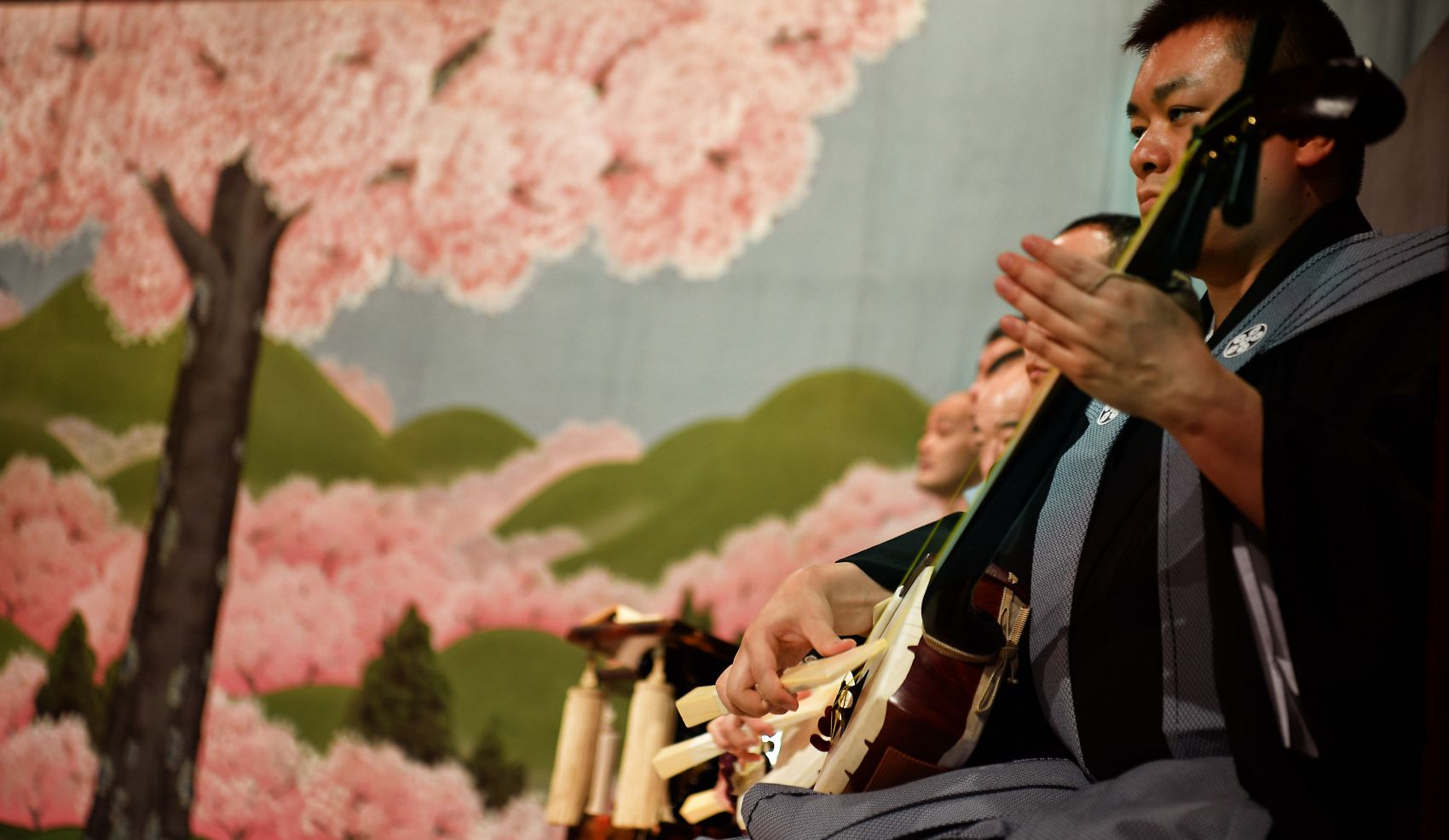
The efforts include training the next generation of artists, organizing presentations and seminars with easy-to-understand content for young audiences. In recent years, along with the increase in international tourists to Japan, promoting Bunraku to foreign tourists has also become a focus, with many initiatives being implemented to reach this group.
Bunraku Art Heritage is currently supported through regular training programs at the National Theater and efforts from the Bunraku Association. Although it can be difficult for young artists to make a living entirely from Bunraku's income, they often combine it with support from the government, cultural funds, or teach classes and seminars to earn extra income.
Regarding the comparison between Bunraku and Water Art in Vietnam, Mr. Yoshioka Norihiko said that although water puppetry and Bunraku are quite different when water puppetry comes from Vietnamese rural culture, often performed on the water with short performances that are highly entertaining and very popular with international tourists; while Bunraku focuses on telling long, complicated stories that can last for hours. However, both have an important common point, which is that they are deeply rooted in the folk traditions of each country, and are unique forms of cultural heritage, each with its own beauty.


